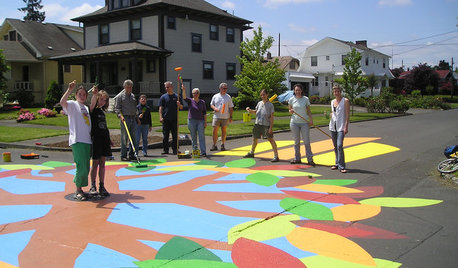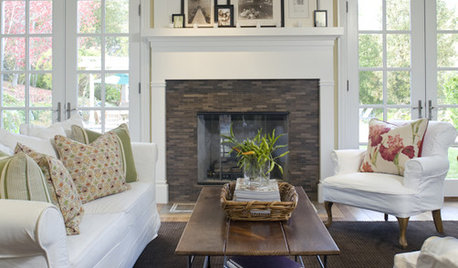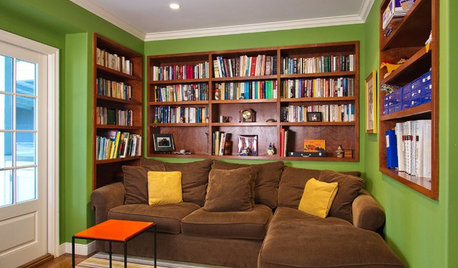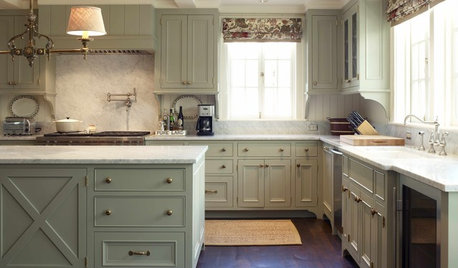Anyone willing to share thoughts about trends in the industry?
gardeninggrrl
18 years ago
Related Stories

COMMUNITYCommunity Building Just About Anyone Can Do
Strengthen neighborhoods and pride of place by setting up more public spaces — even small, temporary ones can make a big difference
Full Story
MOST POPULARTrend Watch: 13 Kitchen Looks Expected to Be Big in 2015
3 designers share their thoughts on what looks, finishes and design elements will be on trend in the year ahead
Full Story
MUDROOMSThe Cure for Houzz Envy: Mudroom Touches Anyone Can Do
Make a utilitarian mudroom snazzier and better organized with these cheap and easy ideas
Full Story
BUDGET DECORATINGThe Cure for Houzz Envy: Entryway Touches Anyone Can Do
Make a smashing first impression with just one or two affordable design moves
Full Story
DECORATING GUIDESThe Cure for Houzz Envy: Dining Room Touches Anyone Can Do
Get a decorator-style dining room on the cheap with inexpensive artwork, secondhand furniture and thoughtful accessories
Full Story
DECORATING GUIDESThe Cure for Houzz Envy: Guest Room Touches Anyone Can Do
Make overnight guests feel comfy and cozy with small, inexpensive niceties
Full Story
KITCHEN DESIGNThe Cure for Houzz Envy: Kitchen Touches Anyone Can Do
Take your kitchen up a notch even if it will never reach top-of-the-line, with these cheap and easy decorating ideas
Full Story
DECORATING GUIDESThe Cure for Houzz Envy: Family Room Touches Anyone Can Do
Easy and cheap fixes that will help your space look more polished and be more comfortable
Full Story
INSIDE HOUZZDecorating Trends: A New Houzz Survey Shows What Homeowners Want
Is the TV gaining or losing ground? Are women or men trendier? Find out and learn more about people’s decorating plans right here
Full Story
KITCHEN DESIGNKitchen Confidential: 9 Trends to Watch for in 2016
Two top interior designers share their predictions for the coming year
Full StorySponsored
Your Custom Bath Designers & Remodelers in Columbus I 10X Best Houzz






bruceNH
laag
Related Professionals
Marina Landscape Architects & Landscape Designers · Richmond Heights Landscape Architects & Landscape Designers · Saint Charles Landscape Architects & Landscape Designers · Anderson Landscape Contractors · Cambridge Landscape Contractors · Lakeville Landscape Contractors · Paterson Landscape Contractors · Pine Hills Landscape Contractors · South Farmingdale Landscape Contractors · Southbury Landscape Contractors · Stony Brook Landscape Contractors · Hillcrest Heights Handyman · North New Hyde Park Handyman · Fort Worth Driveway Installation & Maintenance · Indio Driveway Installation & MaintenanceCady
inkognito
creatrix
gardeninggrrlOriginal Author
viola8
ilima
superphosphate
calliope
Cady
creatrix
laag
redlove123
landman41
Gardener
Ron_B
gardeninggrrlOriginal Author
Ron_B
mich_in_zonal_denial
Cady
Ron_B
bruceNH
Garrickza
Cady
SeniorBalloon
gardeninggrrlOriginal Author
bonsai_audge
Cady
habitat_gardener
bruceNH
Cady
SeniorBalloon
bruceNH
dabprop
susanargus
njtea
laag
gardengal48 (PNW Z8/9)
Filbert